15 Interesting Drone Facts & Statistics – 2024 Update
Last Updated on
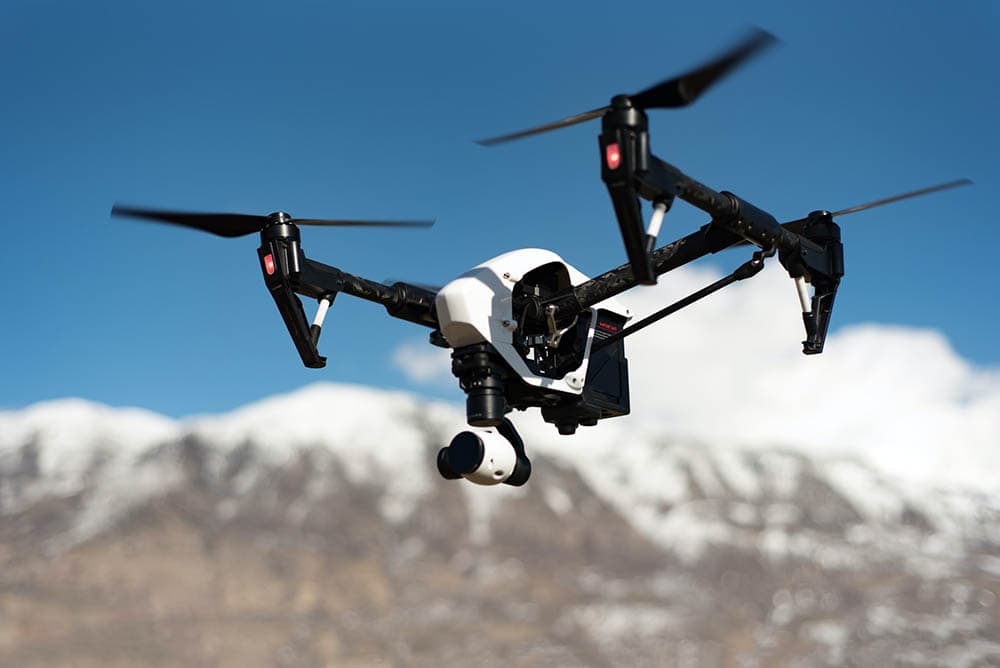
It used to be that drones were the province of the military, whereas kids and hobbyists had their remote-operated planes. However, the armed forces still had the most sophisticated technology. That’s not the case anymore. You’ll find drones in a variety of industries that have nothing to do with defense or surveillance. You’ll even see them on shelves in toy stores.
Interestingly, the pandemic fueled the demand for drones. Of course, anything that could get us outside and enjoying the outdoors was welcome. Advancing technology now has us wondering where drones will take us next.

Top 15 Interesting Drone Facts & Statistics
1. There Were 1,136,513 Registered Drones in Mid-2020
According to the Federal Aviation Administration (FAA), there were 1,136,513 registered drones in mid-2020. The number was 137,705 at the end of 2015, so this figure represents a giant leap forward for the industry. The FAA estimates that there are about 12,400 new registrations a month. Prices have dropped, making entry-level products more affordable, which certainly helps drive these sales.
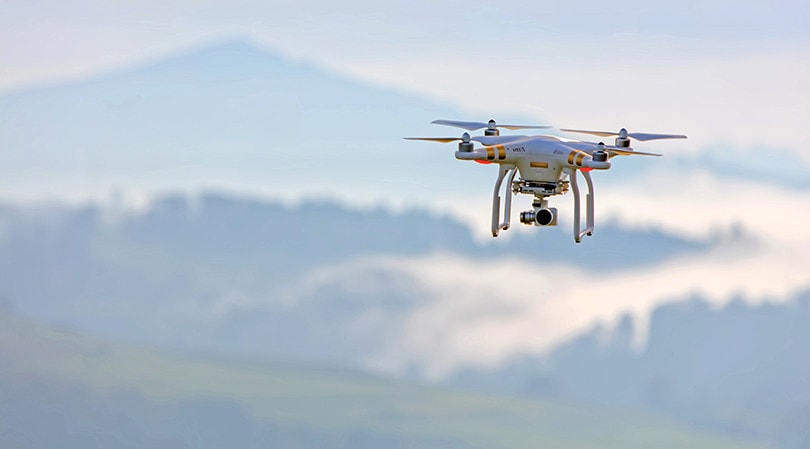
2. Drones Are Finding a Place in Agriculture
One of the industries that have seen the value of drones is agriculture. Monitoring crops is a vital task. Drones can cover croplands quicker and with less hassle than driving an ATV around a field. It can survey areas where it would be difficult to traverse. Farmers can even learn more about their crops than ever with GPS technology.
3. Realtors Have Realized the Benefits of Using Drones
The global real estate market has also caught the drone bug. Industry revenue in this segment was $100 million in 2020. Experts expect it to take off throughout the decade, reaching a projected $1.2 billion by 2030. Drones provide an ideal solution for creating virtual tours of properties.
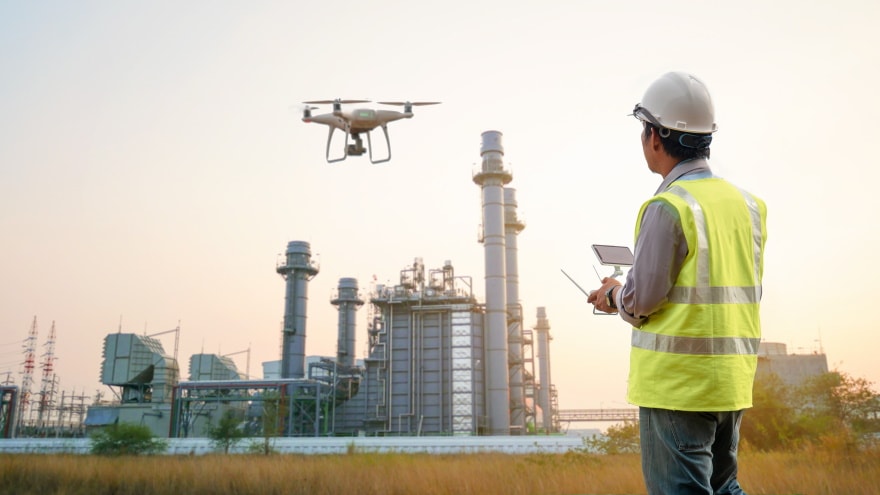
4. Recreational Users Have to Register Their Drones With the FAA
It’s essential to remember that drones are sharing the airspace with other manned and unmanned aircraft. Thus, the FAA has enacted a registration requirement for devices over 0.55 pounds. It only costs $5 and is valid for 3 years. It’s worth noting that there’s a hefty fine if you don’t register your drone.
5. Experts Expect the Drone Delivery Market to Skyrocket by 2030.
Retailers like Amazon saw the potential of using drones for package delivery early in the game. Revenue was $101.7 million in 2019 for drone deliveries. However, it’s expected to grow to $3.2 billion by 2030.
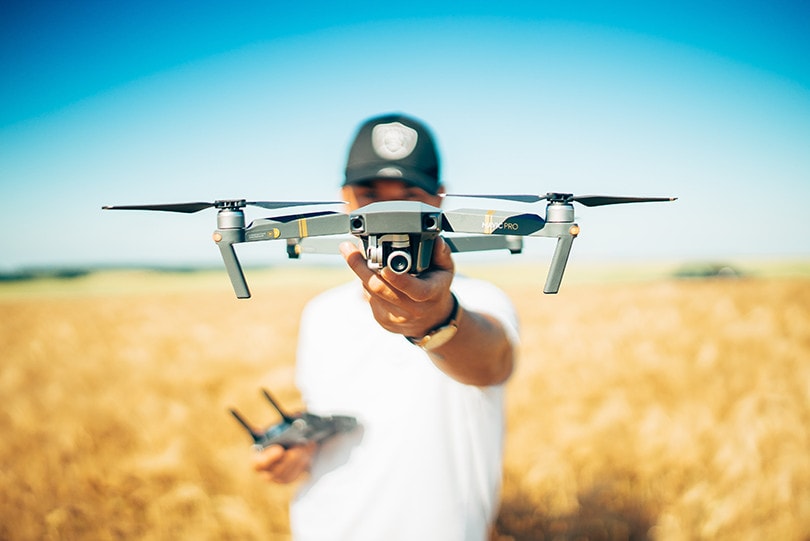
6. Drones Have Several Names
Drones have other names, which describe the same device you’re flying from the ground. You’ll see terms such as unmanned aircraft system (UAS), remotely piloted aircraft system (RPAS), and unmanned aerial vehicles (UAV). Whatever you call them, they are still a drone that you operate remotely. The FAA refers to them as UAS.
7. The First World Drone Prix Was Held in Dubai in 2016
It probably didn’t take long before people started racing drones. That part of the industry has diverged somewhat from the standard, everyday drone. You can expect sleeker and more aerodynamic models with an emphasis on speed. Making drone racing competitive became more popular with the first-ever World Drone Prix. A lucky teen grabbed the $250,000 grand prize.
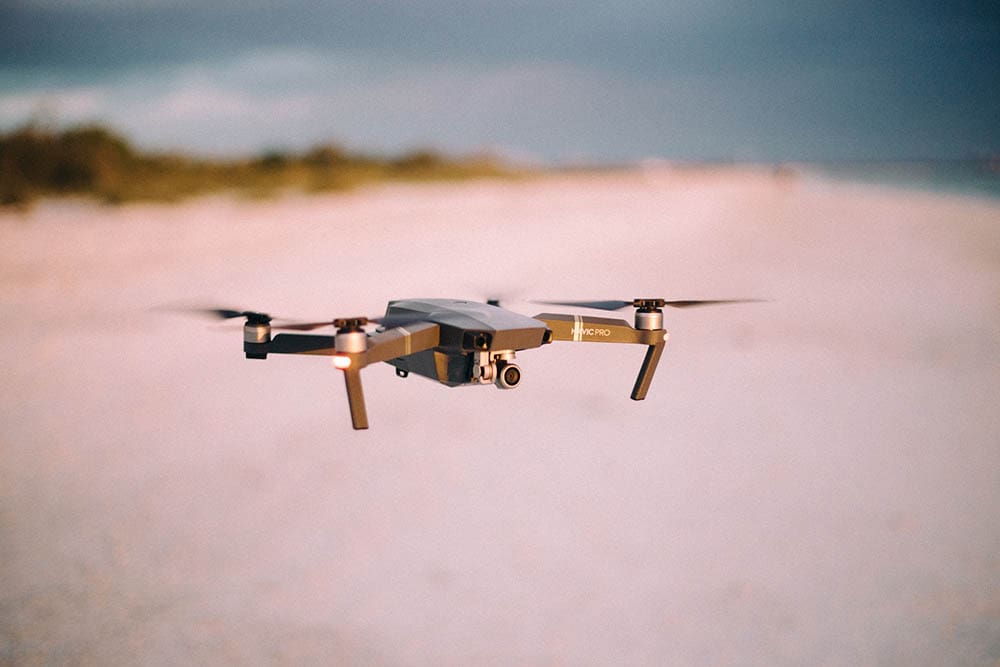
8. Drones Are Older Than You Think
Drones sound like something out of the space age. While that’s true, people took to the skies with their unmanned aircraft earlier than you may expect. The first devices go back to Austria in 1849. Of course, it was nothing like the ones we fly today, although it was a military drone.
9. The Global Cinematography Drone Industry Will Soar by 2030
Filmmakers were quick to realize the potential of drones in cinematography. The shots they can capture with these devices are truly breathtaking. You’ll often see drone footage in movies and on TV without even realizing it. It’s no wonder that industry experts expect the industry to eclipse $1 billion by 2030.
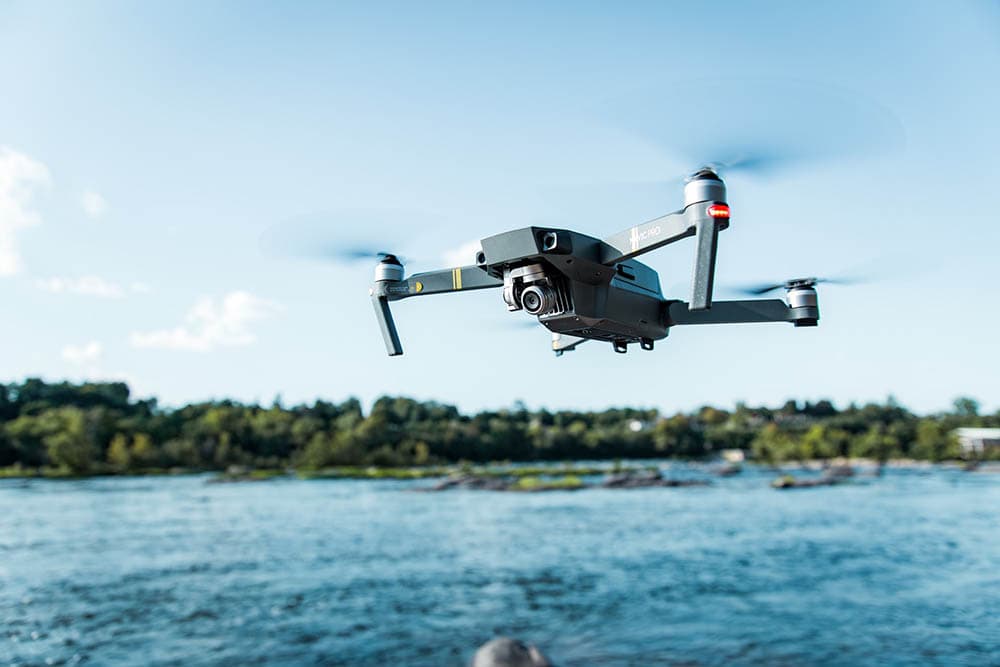
10. Technically, a Model Airplane Is a Drone
Merriam-Webster defines a drone as “an uncrewed aircraft or ship guided by remote control or onboard computers.” A model airplane qualifies under that definition. The rise of drones prompted the FAA to revise its definition and rules. Radio control operators must comply with the same airspace rules as drones.
11. China and Japan Buy the Most Drones
You might be inclined to think that the United States buys the most drones, judging by the number of American registrations. However, top honors belong across the pond to China and Japan. The estimated compound annual growth rate (CAGR) is currently 9.4% through 2026.
12. Global Drone Shipments Will Nearly Double by 2030
The popularity of drones isn’t just a US phenomenon—it’s worldwide. The market is bigger than anyone may have anticipated, even from just a few years ago. The number of shipments is expected to go from about 5 million in 2020 to a whopping 9.6 million by 2030. This figure only includes consumers. The total will likely far exceed that amount after taking into account commercial uses.

13. Night Flying Is the Top Change Request
If you want to fly a drone in certain situations, you must apply for a waiver from the FAA. They may or may not grant the request, depending on the circumstances. The most desirable exception to the rule is night flying, with over three times as many requests. Less than 4,000 requests were approved.
14. You Have to Get a Special Permit to Fly a Drone Over People
Not surprisingly, you must get a waiver to fly over people. It’s not just about privacy but also because of the risk of injury. Drones don’t stay up in the air forever. First-time operators figure out quickly that they’re lucky to get 10 minutes of airtime. Mid- to pro-level drones will get longer flight times. However, you must submit the request or suffer the consequences.
15. The FAA Can and Does Prosecute Drone Operators for Violations
The FAA doesn’t mess around when it comes to illegal drone operations. If you have an accident with your drone, you’re asking for a fine. Just ask the Minnesotan operator who didn’t have a license to fly, which ended up costing him $39,700. The FAA can take it a step further, too, and revoke your license. Our advice is to play by the rules.

Tips for Safe Flying
We discussed earlier the seriousness of sharing airspace. One way you can stay out of trouble and fly safely is to use the free B4UFLY mobile app. It’ll let you know if you’re good to go wherever you want to take to the sky. It’s a no-brainer to fire it up before you operate your drone. We also strongly urge you to register and follow the rules of IDing your craft and carrying your papers with you.
Conclusion
Drones offer a fun and exciting way to get a new and unique perspective of the landscape around you. Many industries have delved into their potential to open people’s eyes to places they couldn’t experience before. The industry is dynamic, with changes occurring rapidly. The regulations are also evolving, behooving enthusiasts to stay current with the changes.
See also:
Featured Image Credit: Mitch Nielsen, Unsplash
Table of Contents
- Top 15 Interesting Drone Facts & Statistics
- 1. There Were 1,136,513 Registered Drones in Mid-2020
- 2. Drones Are Finding a Place in Agriculture
- 3. Realtors Have Realized the Benefits of Using Drones
- 4. Recreational Users Have to Register Their Drones With the FAA
- 5. Experts Expect the Drone Delivery Market to Skyrocket by 2030.
- 6. Drones Have Several Names
- 7. The First World Drone Prix Was Held in Dubai in 2016
- 8. Drones Are Older Than You Think
- 9. The Global Cinematography Drone Industry Will Soar by 2030
- 10. Technically, a Model Airplane Is a Drone
- 11. China and Japan Buy the Most Drones
- 12. Global Drone Shipments Will Nearly Double by 2030
- 13. Night Flying Is the Top Change Request
- 14. You Have to Get a Special Permit to Fly a Drone Over People
- 15. The FAA Can and Does Prosecute Drone Operators for Violations
- Tips for Safe Flying
- Conclusion
About the Author Chris Dinesen Rogers
Chris has been writing since 2009 on a variety of topics. Her motto with all of her writing is “science-based writing nurtured by education and critical thinking.” Chris specializes in science topics and has a special love for health and environmental topics, and animals of all shapes and sizes.
Related Articles:
How to Clean a Refractor Telescope: Step-by-Step Guide
How to Clean a Telescope Eyepiece: Step-by-Step Guide
How to Clean a Rifle Scope: 8 Expert Tips
Monocular vs Telescope: Differences Explained (With Pictures)
What Is a Monocular Used For? 8 Common Functions
How to Clean a Telescope Mirror: 8 Expert Tips
Brightfield vs Phase Contrast Microscopy: The Differences Explained
SkyCamHD Drone Review: Pros, Cons, FAQ, & Verdict
